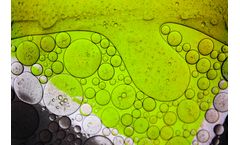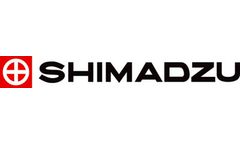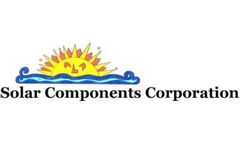Algae Harvester Articles & Analysis: Older
8 articles found
There is no single best method of harvesting microalgae. The choice of preferable harvesting technology depends on algae species, growth medium, algae production, end product, and production cost benefit. Harvesting is defined as the separation of algae from a growing medium. Techniques for ...
Algae are considered water pollutants because they form algal blooms in stagnant water. Algae harvesting technology, however, can help convert them into a useful industrial material like biomass. ...
Department of Energy (DOE), announced $15 million in funding for three projects that will work to improve algal biomass yields to reduce production costs of algae-based biofuels and bioproducts. The projects include Global Algae Innovations (San Diego, California), Algenol Biotech LLC (Ft. ...
The effect of chemical coagulation and biological auto-flocculation relative to zeta potential was examined to compare flotation and sedimentation separation processes for algae harvesting. Experiments revealed that microalgae separation is related to auto-flocculation of Anabaena spp. and requires chemical coagulation for the whole period of microalgae ...
Global warming due to the burning of fossil fuels is now widely recognized as a problem, and among the alternatives to fossil fuels, the extraction of fuel from micro algae has been actively investigated in recent years. While the yield per unit area of micro algae is high, and harvesting is possible year round, these advantages are offset by ...
Microalgae have been regarded as a pollutant causing algal blooms in lakes or reservoirs but have recently been considered as a useful source of biomass to produce biofuel or feed for livestock. For the algae particle separation process, carbon dioxide (CO2), one of the main greenhouse gases, is dissolved into a body of water rather than being emitted into atmosphere. This ...
Eventually, fit was discovered that they are ideal for growing algae with natural sunlight, however some growers wanted to something a little more. Several customers wanted an easier way to harvest the algae from the growth chambers, particularly the bottom. Siphoning works for the flat bottom tanks, and is a great option for smaller scale ...
We examined the effects of pre-oxidation using ozone (O3) and a combination of O3 and hydrogen peroxide (O3/H2O2) on algae suspensions and their harvesting. Inactivation of algae cells, release of intracellular organic matter (IOM), mineralization of extracellular organic matter (EOM), and changes in molecular weight distribution of EOM were ...





